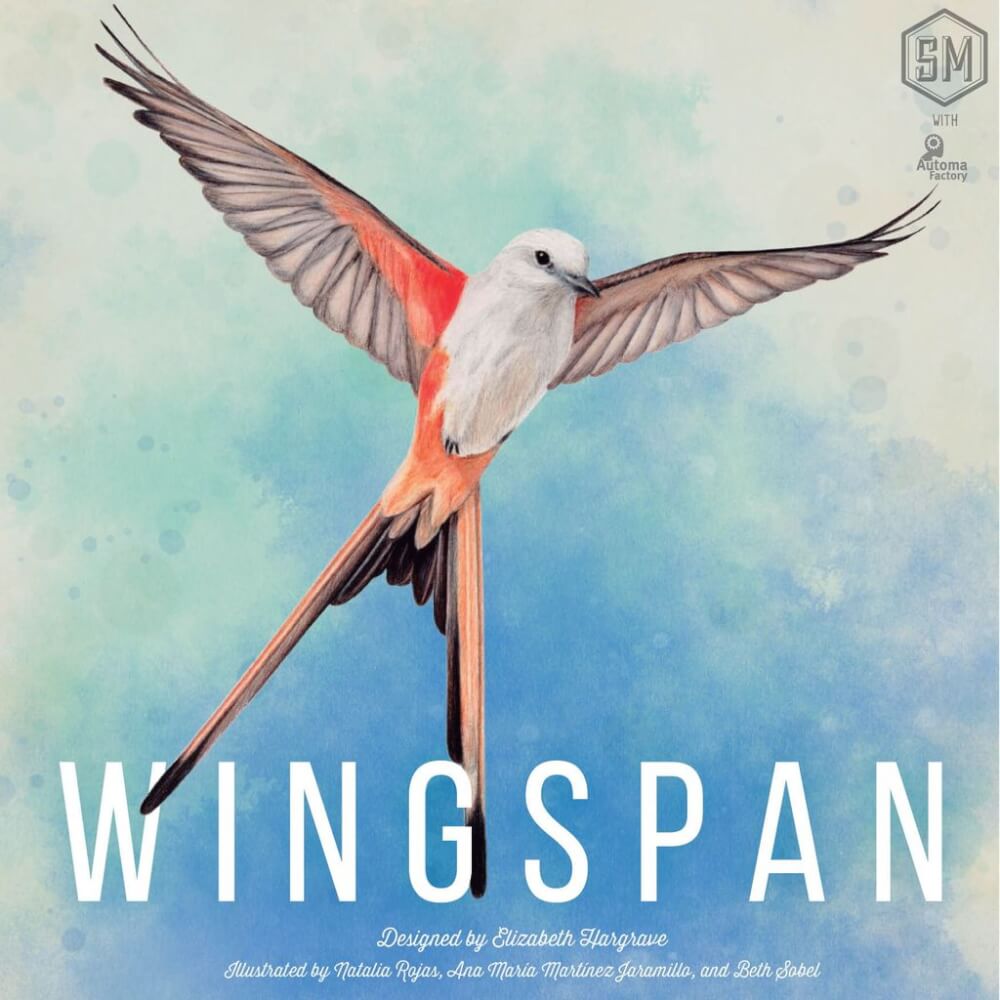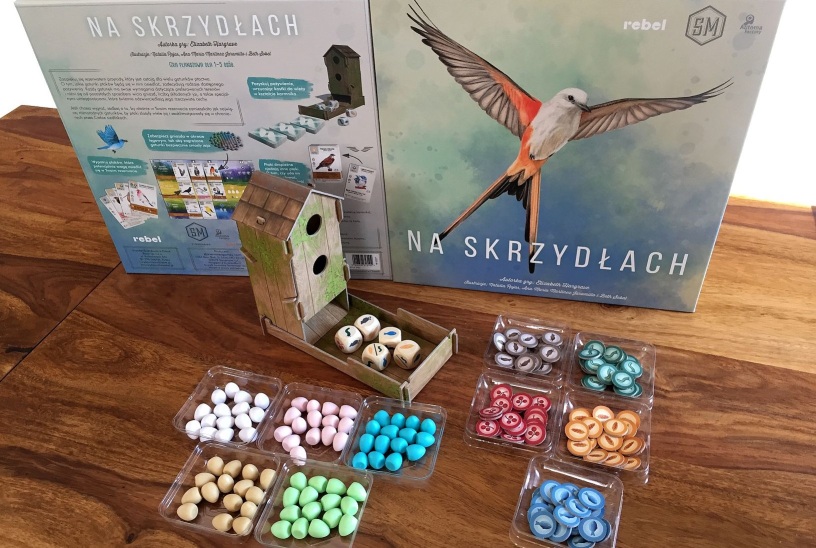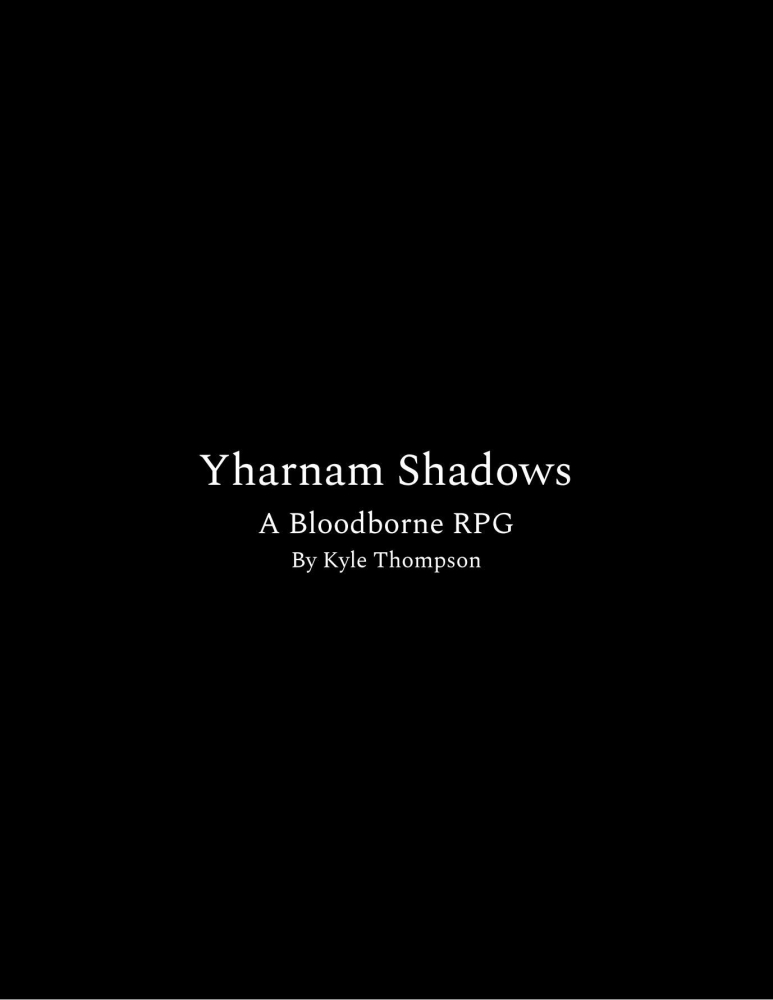
Wingspan
Wingspan is a board game with engine-building mechanics and a medium level of complexity. Players take on the role of bird enthusiasts, such as researchers and observers, on a journey to collect and attract various species to their aviaries. Each bird brings with it a unique combination that enhances actions in one of the three available habitats. Players can earn charming food tokens through custom dice, lay eggs that vary in color, and select from hundreds of unique bird cards to play with. Strategy is key, as the aim is to accumulate the most points at the end of four rounds. With an immersive experience and beautiful illustrations, Wingspan has been recognized worldwide, receiving significant nominations and awards, consolidating itself as a milestone in the board game scene.Artists: Ana Maria Martinez Jaramillo; Natalia Rojas
Designers: Elizabeth Hargrave;
Date: 2019
Note: 8.8
Mechanics: End of game bonus, Collecting Sets, Contracts, Hand Management, Data Scrolling
Topics: Animals, Education, Environment
Table of Contents
- How to Play
- Tips for playing
- Game mechanics
- Game components
- Additional Information
OBJECTIVE OF THE GAME

Tips for playing
Here are some tips for doing better in the game Wingspan:
- Prioritize playing bird cards that provide food and eggs, as these are essential resources.
- Keep a balance between all the habitats to maximize your scoring capacity.
- Pay attention to the bonus cards and round objectives to align your strategy.
- Use "gain food" actions efficiently to ensure sufficient resources.
- Consider activating birds that offer activation skills per round for continuous benefits.
- Plan ahead for the final shifts; optimizing egg actions can be crucial.
- Use high-scoring birds and special skills to maximize your final points.
- Adapt your strategy according to the cards you have available for flexibility in the game.
Video about the game
GAME mechanics
- Rolling dice: This mechanic is central to the game's aviary. Dice are rolled to determine the types of food available to the players. Each face of the die represents a type of food (fish, mouse, fruit, among others) and players choose food to attract different species of birds to their habitat areas. The dice-rolling strategy lies in knowing how to maximize the efficient use of the available food to advance in the game.
- Collecting Sets: In the game, each bird belongs to a set, categorized by type, diet, habitat and abilities. Players must collect sets of bird cards that bring victory points according to their habitat requirements and unique specimens. The efficiency of scoring lies in the player's ability to create the most profitable set, balancing the variety and synergy between the birds collected.
- Hand Management: This element involves making strategic decisions about which bird cards to keep in hand and which to play. Players must manage the number of cards in their hand in relation to the food available and the space in the habitats. Knowing when to play a card or wait for a more favorable opportunity is crucial to optimizing resources and following a winning strategy.
- Contracts: At the start of each round, common objectives are revealed. These objectives, or "contracts", ask players to complete specific tasks, such as having a certain number of birds in a type of habitat or collecting birds with certain characteristics. Players compete to fulfill these objectives, which offer additional victory points and can influence short- and long-term tactical decisions.
- End of game bonus: In addition to the points accumulated throughout the game, players can also earn bonuses based on specific bonus cards received at the start of the game or through certain birds. These bonuses can add significant value considering characteristics such as the size of certain birds or the variety of habitats used. A close look at the conditions for achieving these bonuses can be the key to beating your opponents in the final score.
Game components
See all the items in the game below Wingspan:
- 1 Appendix
- 1 Manual
- 1 Automa Manual
- 1 Goals Chart
- 1 Poultry tray
- 5 Player boards
- 1 Food Tower
- 1 Point Marking Block
- 170 Bird cards
- 26 Bonus Cards
- 75 Miniature Eggs
- 5 Data
- 40 Action Cubes
- 103 Food Sheets
- 8 Goal Markers
- 1 First Player Indicator
- 11 Letters from Automa
- 2 Action Summary Letters
- 2 Goal Cards for the End of the Round
- 1 Shift Control Card
Additional Information
- Ludopedia link: https://ludopedia.com.br/jogo/wingspan
- Link Tabletopia: https://tabletopia.com/games/wingspan
- Amazon Brazil link: Comprar Wingspan
- Amazon USA link: Comprar Wingspan


